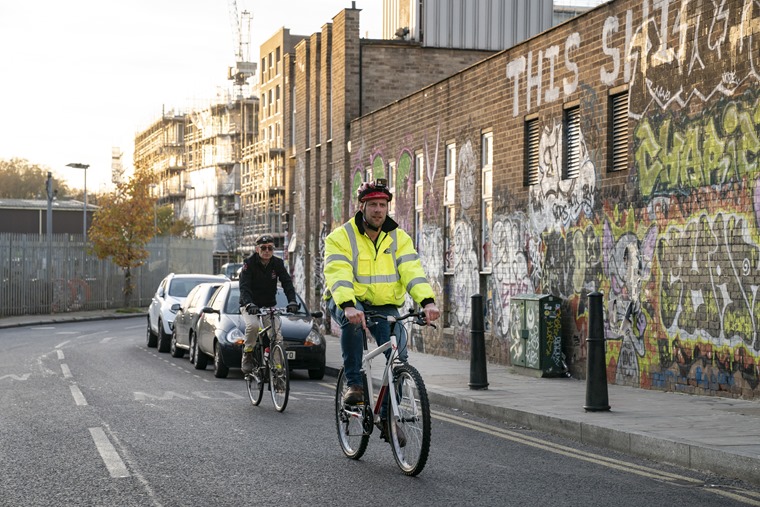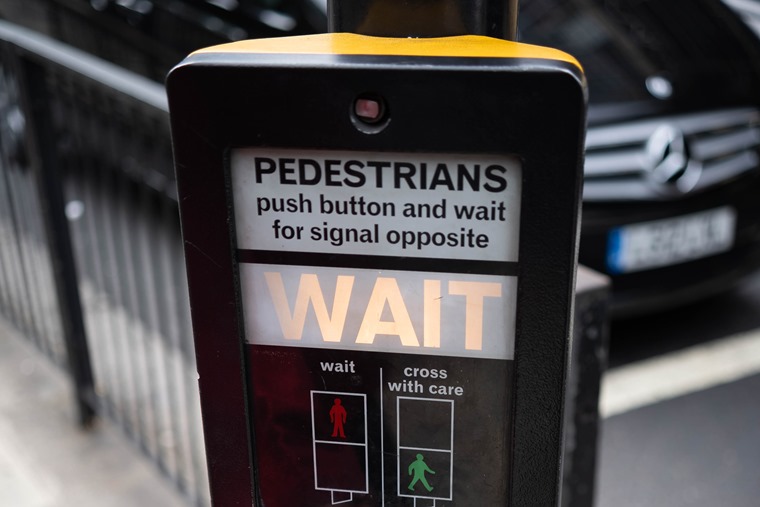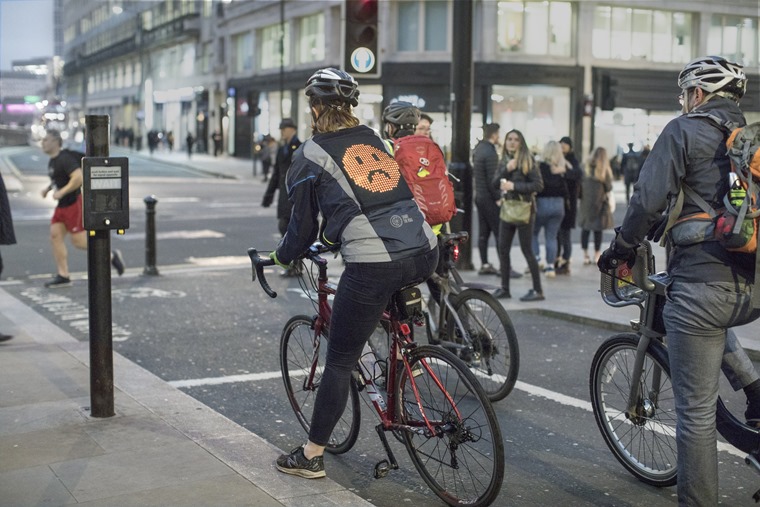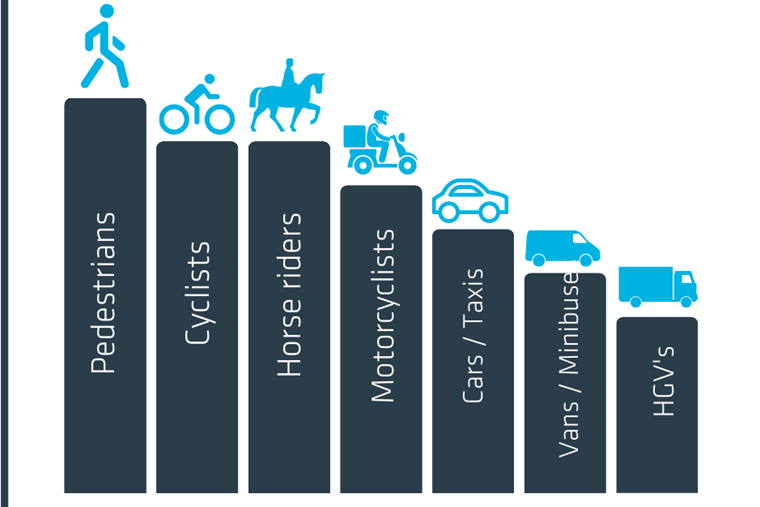Highway Code changes 2022: Five myths BUSTED
The Highway Code is always a point of contention, particularly when it comes to how drivers treat cyclists, pedestrians, and other road users.
Eight points in the Highway Code have been updated for 2022, but there’s lots of confusion about what these changes actually mean – not helped by newspapers that purportedly tell us cyclists are set to take over the road.
So, what’s actually changing, and what do drivers and road users actually need to know? We bust five of the most common myths surrounding the updates that are effective from 29 January.

Myth #1: Cyclists are allowed to ride side-by-side on main roads for the first time
The truth: Cyclists are allowed to ride side-by-side if it’s safe and appropriate to do so – and always have been
Despite many drivers believing that the changes mean cyclists can now ride side-by-side, they have actually always been able to. The revised Highway Code just makes it more clear and points out when it is appropriate to do so.
It states “You can ride two abreast and it can be safer to do so, particularly in larger groups or when accompanying children or less experienced riders”. In fact, the majority of the changes involve how cyclists are treated – or at least clarifying vague points.
For example, a new rule has been created that says drivers “must not cut across cyclists, horse riders or horse drawn vehicles going ahead when you are turning into or out of a junction or changing direction or lane”.

Myth #2: Pedestrians have been given more priority
The truth: Pedestrians have always had more priority than other road users
You might have always assumed, quite rightly, that pedestrians have priority over cars in most situations. While this is the common thought, when it comes to letting pedestrians cross, a driver was previously only obliged to stop if they had “started to cross”.
The tweaks to the Highway Code now states that drivers should give way to pedestrians that are “crossing or waiting to cross” at junctions. It sounds like a big change, but it’s not really. The rule has been tidied up to protect the most vulnerable road users such as children and the elderly.

Myth #3: Cyclists now have to use cycle lanes, if provided
The truth: Cyclists aren’t obliged to use cycle lanes at all
Even though much infrastructure and road planning is now based around providing adequate and safe cycle lanes, cyclists have never been obliged to use them, and that remains the case.
However, the code has been cleared up, and now states that “cyclists should exercise their judgement” when it comes to using them.

Myth #4: The new rules put drivers at the bottom of a “Hierarchy of road users”
The truth: Cyclists and horse riders have also been told to be more considerate
Much emphasis has been put on the fact the Highway Code changes are based around a new “Hierarchy of road users”. It’s been created to ensure that those with vehicles that could potentially cause the greatest harm harbour the highest responsibility.
But that doesn’t mean cyclists have been put above all other road users. In fact the changes include instructing both cyclists and horse riders should be more considerate too. On shared paths, for example, pedestrians will always have priority over them.
What’s more, car drivers are certainly not at the bottom of the rung – that accolade goes to HGV drivers, who are in charge of vehicles that could cause serious harm and damage if driven carelessly or selfishly.

Myth #5: This is the biggest shake-up to the Highway Code in years
The truth: The changes simply make common courtesy more formalised
Ok, the Highway Code has undergone one of its biggest changes in recent years. But the truth is that there are amendments made to it every year, and many of these new rules are already practised by drivers and other road users already.
The whole point of the changes has been to formalise actions that until now have been seen as courteous actions.
